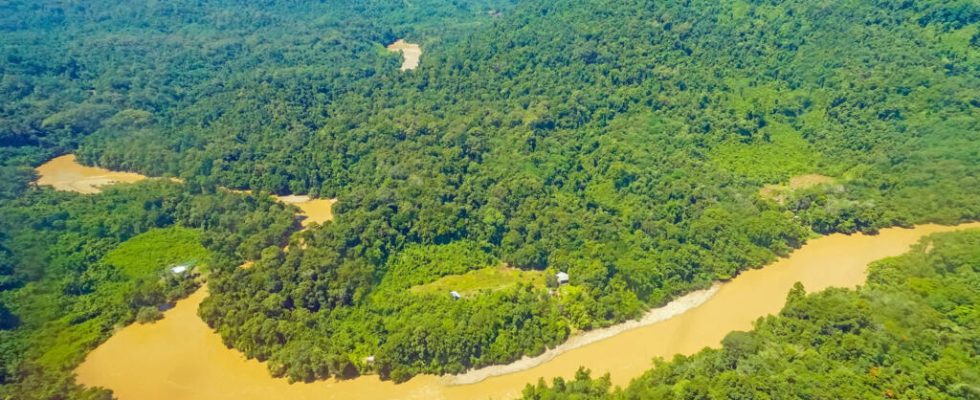A long-term study has just been carried out concerning carbon credits and other financial instruments to protect the forest with more than 10 years of research synthesized by the International Union of Forestry Research Institutes. And the result of this study is not very flattering. These devices have not kept their promises.
2 mins
Forest protection projects based on market mechanisms have only allowed progress “ boundaries » to stop deforestation, according to a report from the International Union of Forestry Research Organizations (IUFRO). These instruments make it possible to release funds to preserve nature. In exchange, companies obtain carbon credits to offset part of their emissions.
Except that in some cases, deforestation persists. This is the case, for example, where financial instruments are sometimes the only measures put in place for decades “. And it is not only on the environmental front that the performance of these carbon credits disappoints. They have sometimes reinforced economic inequalities.
Read alsoOil company Shell reportedly sold millions of “ghost” carbon credits
Privileged short-term profits
A $120 million project there is, in reality, according to the report, “ strengthened already established interests “. People’s access to the forest was restricted while companies carried out logging. In Ghana, rules for sustainable cocoa production have been introduced, carbon credit projects have been carried out and yet deforestation rates have increased and producers earn less than a few decades ago.
Since 2010, financial tools have multiplied, but the authors of the report regret, “ actors are often more interested in short-term profits than in fair and efficient forest management “. Market players have proposed improving the methodology for greater integrity of these carbon credits.
In the eyes of Jonathan Crook of the NGO Carbon Market Watch, there is work and not sure that it is enough: “ Depending on the methodology and standard used, the number of carbon credits generated can vary greatly. This therefore means that the amount of carbon credits generated does not necessarily represent the actual amount of CO2 that has been reduced or sequestered. This may improve over time, but there will still be uncertainty. There are also problems of duration. How long will the sequestered carbon stay sequestered? And especially for nature-based projects, this is a considerable risk that will always exist. »
Despite the scandals, the market could grow from $2 billion per year to several hundred by 2050.
Read alsoCarbon credit market: the UN wants to strengthen the protection of local populations
